Dream with us for a moment and imagine a charming villa nestled in the hills of Alicante. With curved arches, plaster walls and terracotta floor tiles, the historic architecture and crafts are as rich as the rusty colour palette. The bedding is washed linen, the pottery is handmade, and the furniture is perfectly weathered wood.
This is the “New Mediterranean” design aesthetic, and yes, it is absolutely perfect. Although architectural elements are obviously difficult to pull off in many more modern homes or even apartments with less space, we’re seeing more and more interiors inspired by this laid-back, coastal chic.
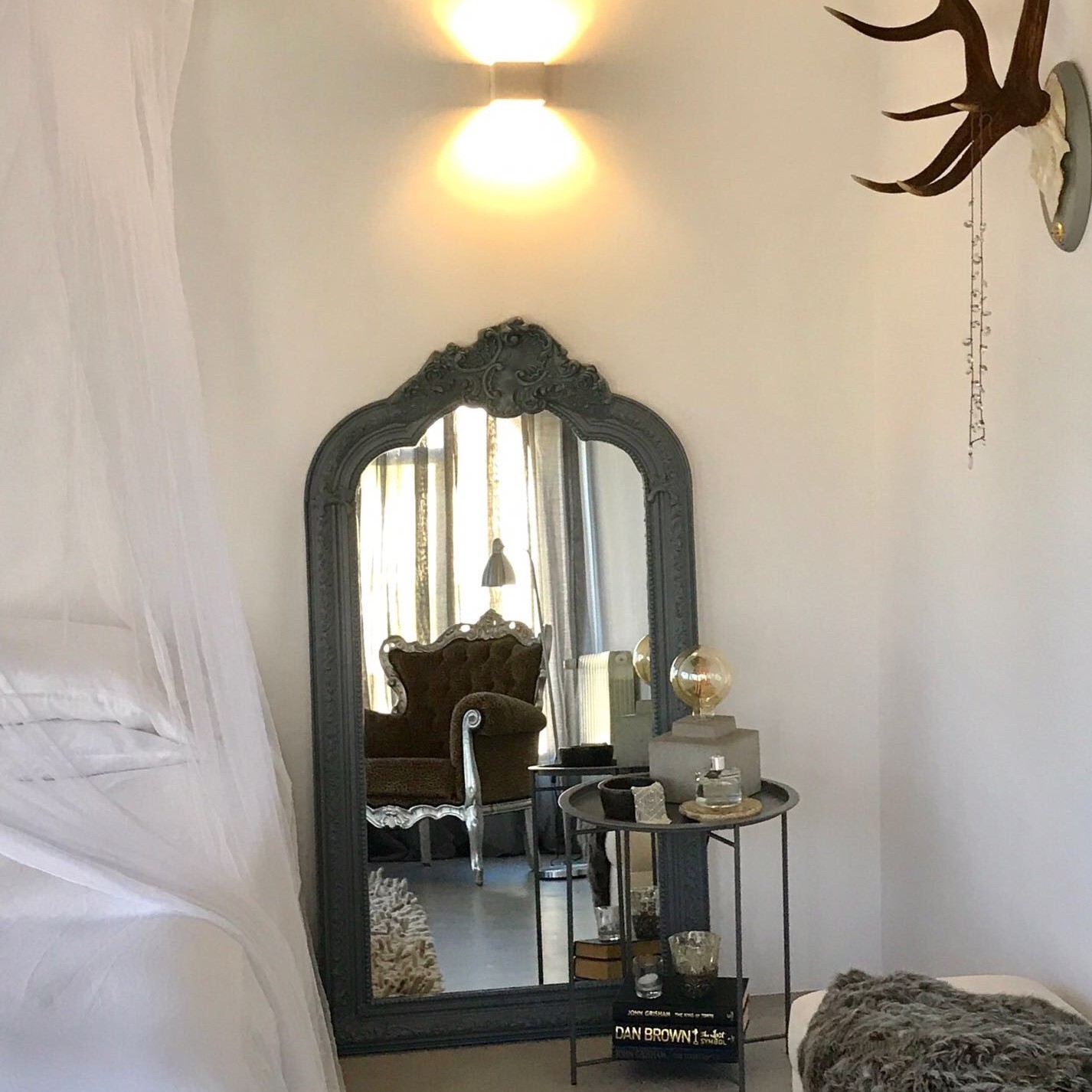
So what exactly is the New Mediterranean?
Let’s think about it: If coastal naturalism and warm minimalism had a baby, it would be the New Mediterranean. Inspired by white towns like Altea or Moraira, destinations steeped in history and exuberance, this aesthetic mixes hospitality and character with modern touches. The result? Spaces brimming with natural light, earth tones, unique craftsmanship, and natural and organic materials.
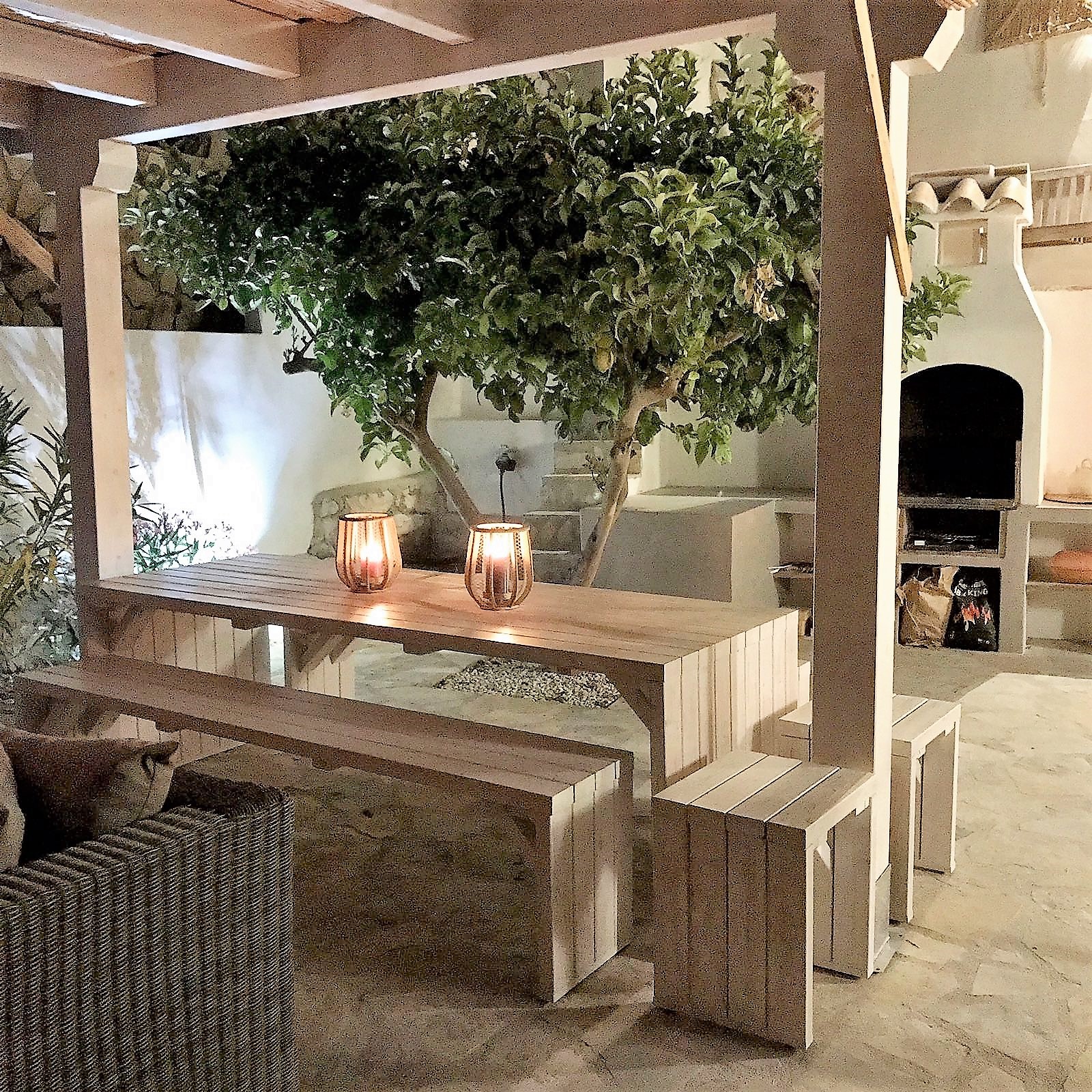
But how is it different from traditional Mediterranean design?
We understand you: The two styles are definitely similar, if not directly inspired by each other. But if we were to give each style a distinct personality, the New Mediterranean is basically the more adventurous cousin of the traditional version.
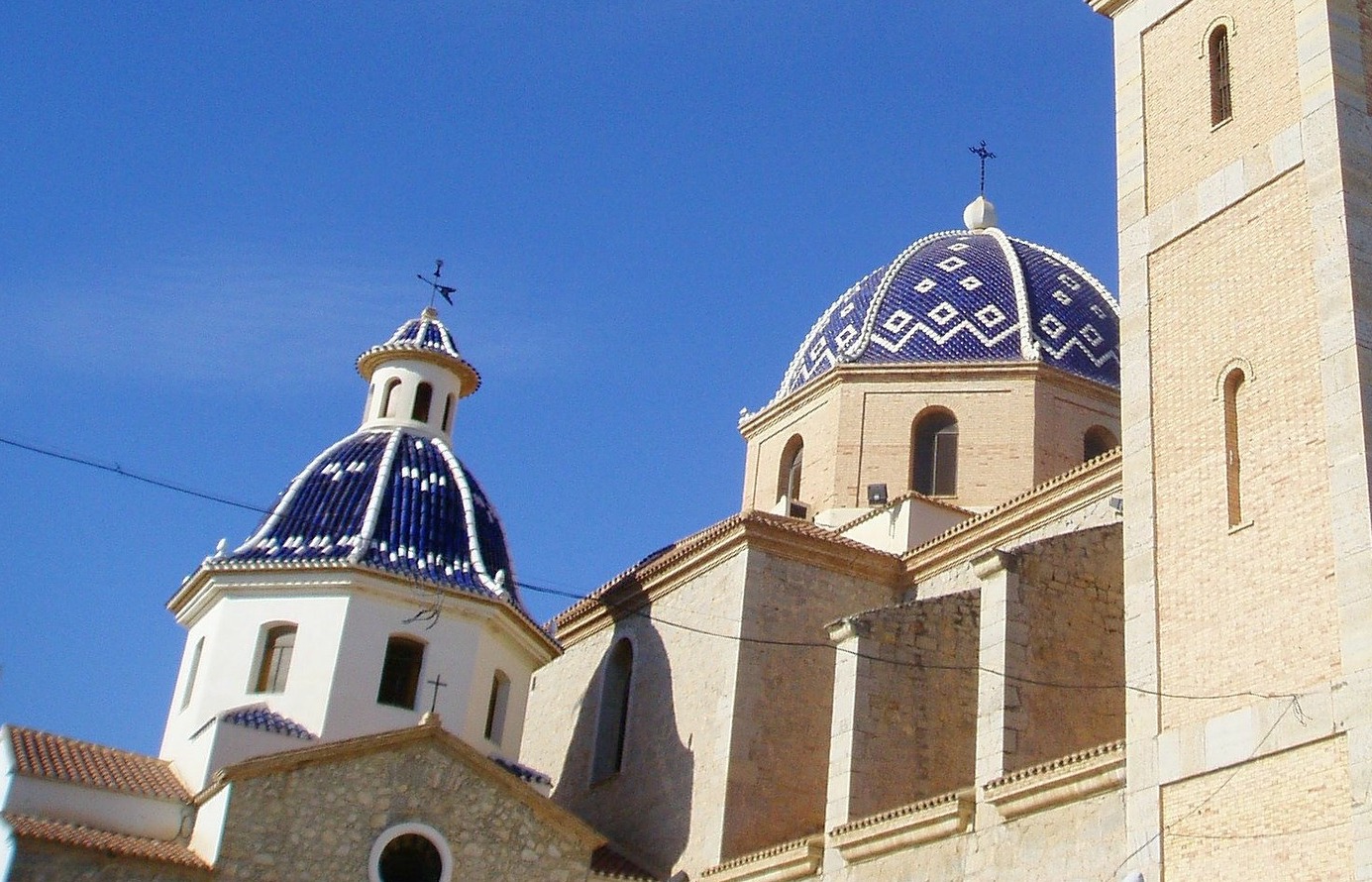
The New Mediterranean is clearly more intrepid and eclectic. Traditional Mediterranean design boasts a truly neutral palette, while New Mediterranean weaves in richer earth tones and even pops of bright colour (think of the blue domes of Alicante churches). The Traditional Mediterranean embraces the “less is more” philosophy, while the New Mediterranean welcomes heirlooms loaded with character.
Why we love it
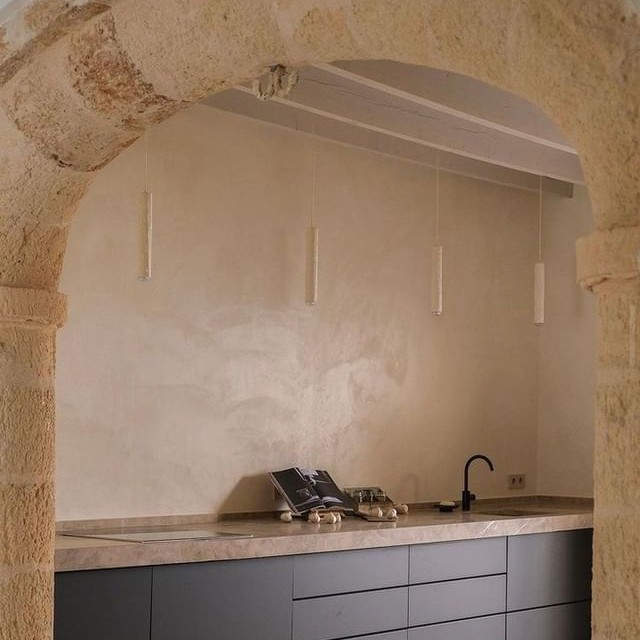
Image : homenationco
When we hear words like warmth, light and hospitality, we are instantly interested. But seriously, this aesthetic is so easy to love: it’s relaxed yet cosy, historic yet serene, and artsy without pretence. The look of the New Mediterranean conveys a down-to-earth sensibility that we can fully embrace: it’s like a permanent stay where worries are left at the door.
How to get the look at home
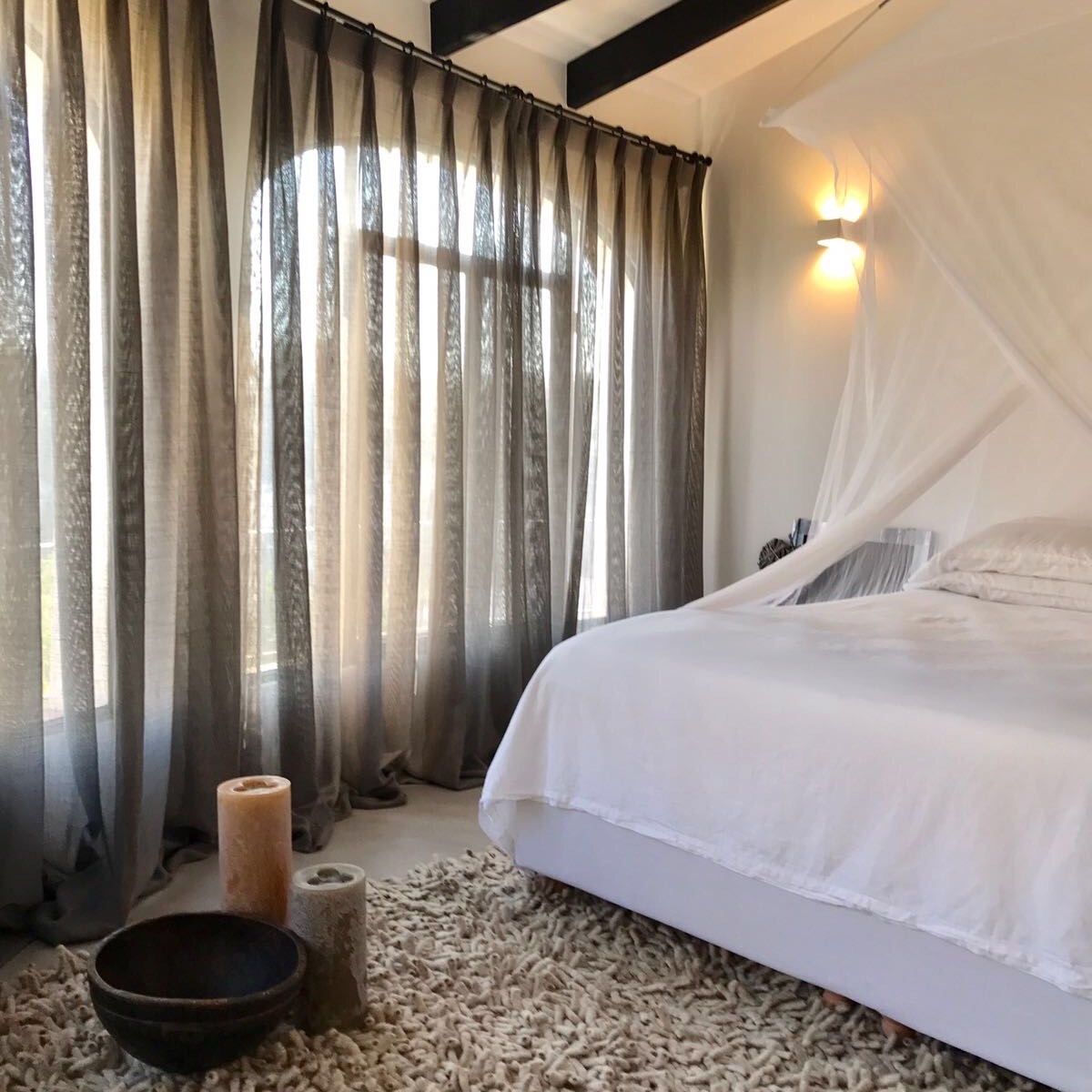
Of course, not all of us can create built-in arches and curved shelves in our homes. But there are some New Mediterranean design elements that are relatively easy to incorporate:
- Start with a base of neutral tones along with attractive earth tones or vibrant accents.
- Lay out jute rugs and lots of woven textures (baskets, pendants, chairs, etc.).
- The more rich-grained wood features the better, including stools, tables and ceiling beams.
- Decorate with even more organic materials, such as linen, rattan, rope and plaster.
- Display unearthed relics and artefacts that tell a story.
- Layer decor and textiles for a lively, loving environment.
- Embrace asymmetry and a bit of that Wabi-Sabi feel.
- Get rid of the curtains and let the sun shine through the windows.
- Add vegetation, especially olive trees.
- Bonus points for the whitewashed walls and terracotta tiles (with views of the coast).
- Shop our designer favourites for this refreshingly natural look.
